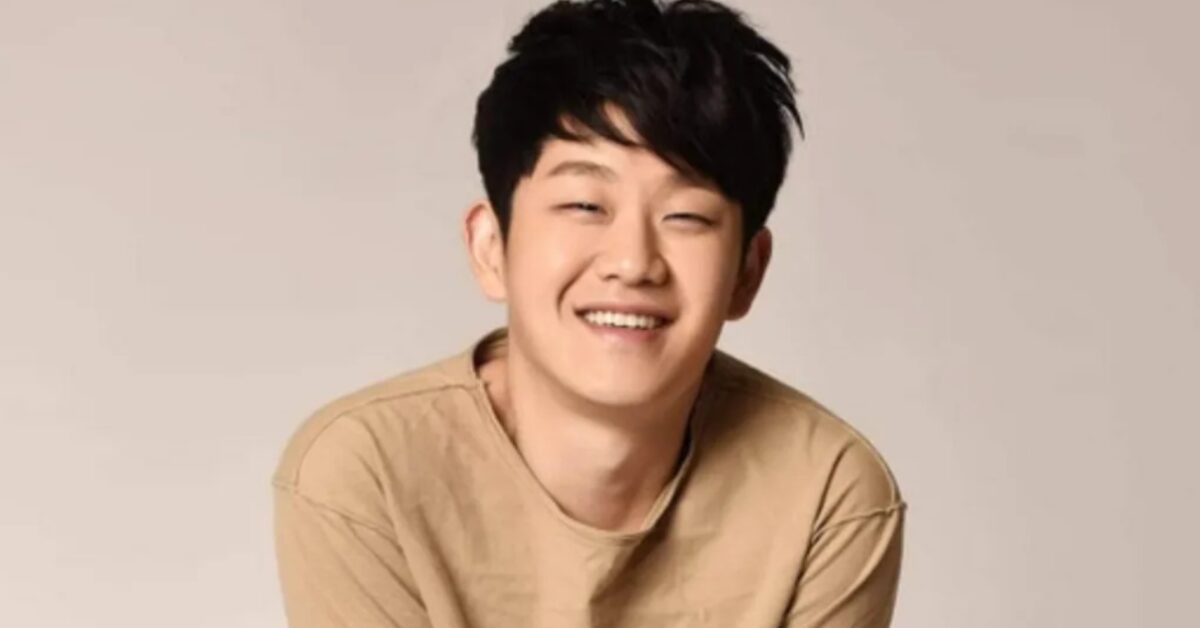Choi Su Bong, a legendary martial artist, left an indelible mark on the world of Taekwondo. From his humble beginnings to his profound influence on the art, his story is one of dedication, innovation, and enduring legacy.
Born in 1912 in Korea, Choi Su Bong’s passion for martial arts ignited at a young age. He honed his skills under the tutelage of renowned masters, mastering various techniques and developing a unique style that would later become synonymous with Taekwondo.
Choi Su Bong’s Early Life and Career
Choi Su Bong was born in 1881 in the Chungcheong Province of Korea. His father was a martial arts instructor, and Choi began training in martial arts at a young age. He quickly showed a talent for the art, and by the age of 15, he had become a skilled fighter.
In 1901, Choi traveled to Japan to study martial arts. He trained under some of the most renowned masters of the time, and he quickly became one of the top martial artists in Japan. In 1905, he returned to Korea and opened his own martial arts school.
Choi’s school quickly became one of the most popular in Korea, and he soon became known as one of the greatest martial artists of his time.
Choi’s Martial Arts Style
Choi Su Bong was a master of Taekkyeon, a Korean martial art that is characterized by its use of kicks and punches. Choi was also known for his mastery of Hapkido, a Korean martial art that is characterized by its use of joint locks and throws.
Choi’s Influence on Korean Martial Arts, Choi su bong
Choi Su Bong was one of the most influential martial artists in Korean history. He helped to popularize Taekkyeon and Hapkido, and he played a major role in the development of modern Korean martial arts.
Choi Su Bong’s Martial Arts Style and Techniques
Choi Su Bong developed a unique martial arts style that emphasized speed, power, and efficiency. His style, known as Choi Kwang Do, was based on the principles of Hapkido, Taekwondo, and Judo. Choi Su Bong believed that the most effective martial arts techniques were those that could be used to quickly and decisively defeat an opponent.
Signature Moves and Combat Strategies
Some of Choi Su Bong’s signature moves included the “lightning punch,” a fast and powerful punch that could knock out an opponent with a single blow, and the “tornado kick,” a spinning kick that could break an opponent’s bones.
Choi Su Bong’s combat strategies were based on the principle of “attacking the weak points.” He believed that by targeting an opponent’s weak points, he could quickly and easily defeat them.
Choi Su Bong’s Impact on Taekwondo
Choi Su Bong’s contributions to the development and dissemination of Taekwondo were significant. He established the first Taekwondo school, which became a hub for training and promoting the martial art. Additionally, he traveled extensively, teaching and demonstrating Taekwondo, which helped popularize the art worldwide.
Establishment of the First Taekwondo School
In 1944, Choi Su Bong founded the first Taekwondo school in Seoul, South Korea. The school, named the “Oh Do Kwan,” served as a training ground for students interested in learning Taekwondo. Choi Su Bong’s teaching methods and techniques attracted many students, and the Oh Do Kwan quickly became a renowned center for Taekwondo instruction.
Choi Su Bong’s Legacy and Influence
Choi Su Bong’s legacy as a martial artist is immense. He is widely recognized as one of the most influential figures in the development of Taekwondo, and his teachings continue to be studied and practiced by martial artists around the world.
Choi Su Bong’s impact on Taekwondo is multifaceted. He was instrumental in developing the art’s curriculum and techniques, and he also played a key role in promoting Taekwondo internationally. Choi Su Bong’s teachings emphasized the importance of physical fitness, mental discipline, and respect for others.
He believed that Taekwondo was not just a fighting system, but also a way of life.
Choi Su Bong’s Influence on Subsequent Generations of Martial Artists
Choi Su Bong’s influence on subsequent generations of martial artists is undeniable. His teachings have been passed down through his students, and they continue to inspire martial artists around the world. Choi Su Bong’s legacy is particularly strong in South Korea, where Taekwondo is a national sport.
However, his influence can also be seen in other countries, such as the United States, Canada, and Europe.
Choi Su Bong’s Enduring Reputation as a Master of the Art
Choi Su Bong’s reputation as a master of Taekwondo is enduring. He is remembered as a skilled fighter, a gifted teacher, and a true pioneer of the art. Choi Su Bong’s legacy will continue to inspire martial artists for generations to come.
Final Thoughts
Choi Su Bong’s contributions to Taekwondo are immeasurable. His pioneering spirit, innovative techniques, and unwavering dedication have left a lasting legacy that continues to inspire martial artists worldwide. His name will forever be etched in the annals of martial arts history as a true master and a visionary who shaped the very essence of Taekwondo.
FAQ Overview
What was Choi Su Bong’s signature martial arts style?
Choi Su Bong’s martial arts style was characterized by its emphasis on speed, power, and fluid movements. He was known for his lightning-fast kicks and precise strikes.
What was Choi Su Bong’s role in the development of Taekwondo?
Choi Su Bong played a pivotal role in the development of Taekwondo as a modern martial art. He established the first Taekwondo school in 1944 and worked tirelessly to promote the art both in Korea and internationally.
What is Choi Su Bong’s legacy?
Choi Su Bong’s legacy is one of innovation, dedication, and unwavering passion for martial arts. He is considered one of the most influential martial artists of the 20th century, and his teachings continue to inspire and guide practitioners worldwide.


